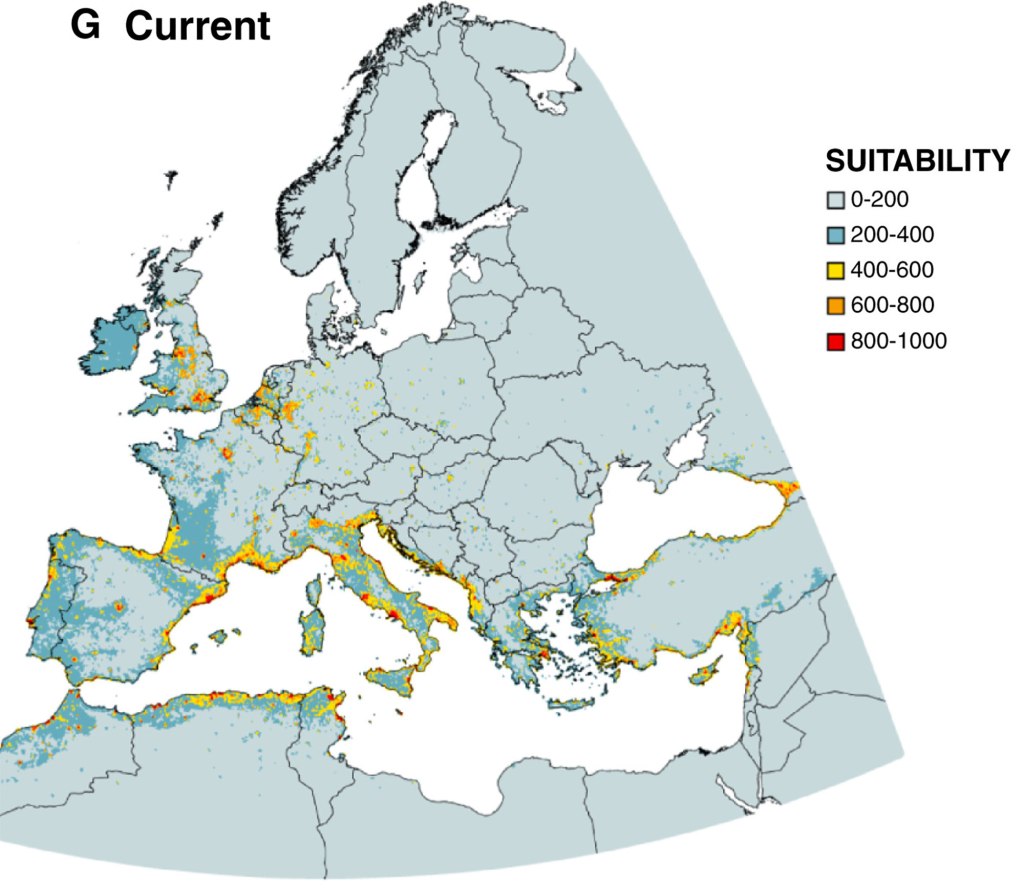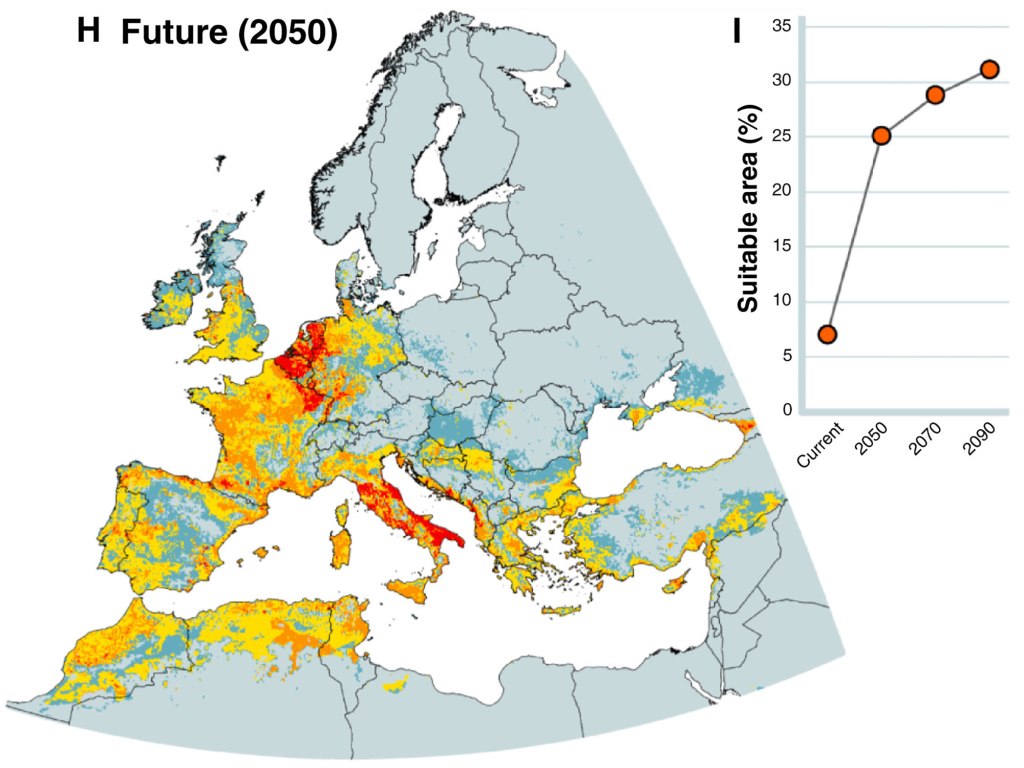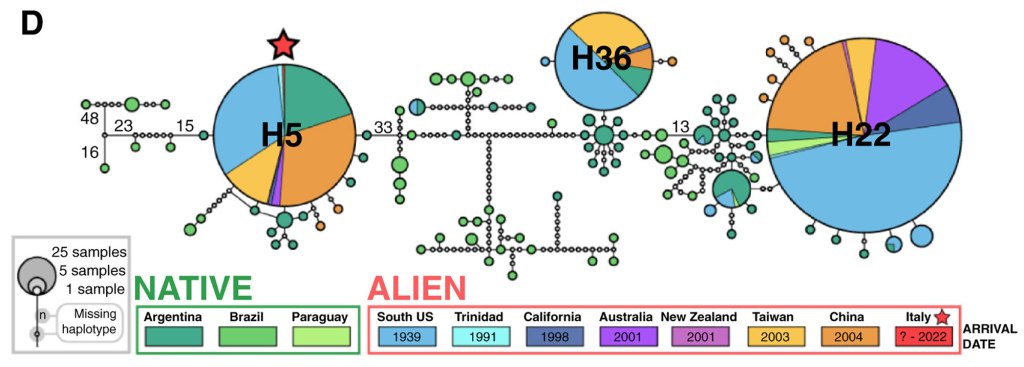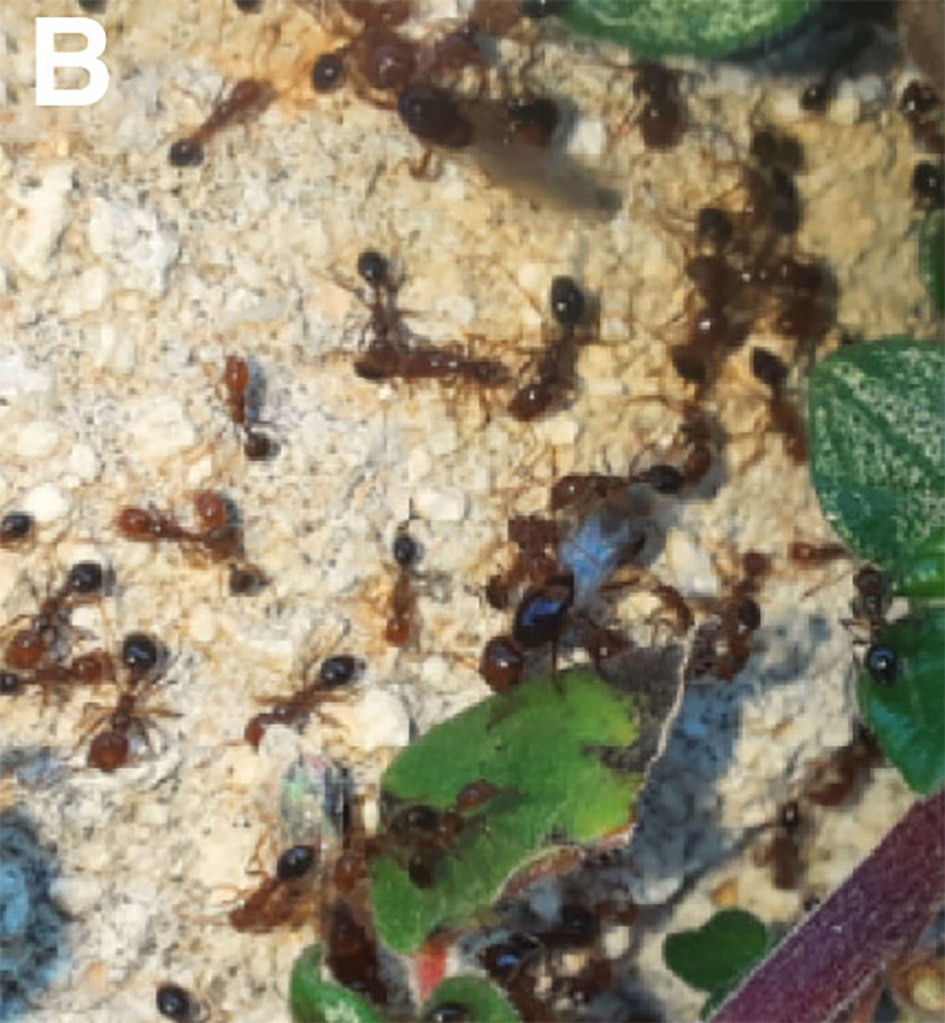Red fire ants, one of world’s most invasive species, storms Europe
It’s a milit-ant takeover.
Red fire ants have finally made the pilgrimage to Europe — and are threatening to take over the continent, according to a new study.
The tiny insects — considered one of the world’s most invasive species — established at least 88 nests across 12 acres near the city of Syracuse in Sicily.
The sightings mark the first time the bugs, known by their scientific name Solenopsis invicta, have been sighted in Europe, researchers announced in a study published Monday in science journal Current Biology.
“S. invicta is one of the worst invasive species. It can spread alarmingly quickly,” lead author Mattia Menchetti of the Institute of Evolutionary Biology in Spain, said in a statement.
“Finding this species in Italy was a big surprise, but we knew this day would come.”
The fire ants are native to South America, but have spread across the globe thanks to the maritime trade industry and by shipping plant products.
The tiny bugs are known for the painful stings they inflict when they feel threatened, which can occasionally lead to anaphylactic shock.
Other than being annoying, the fire ants are known to cause major environmental, health and economic to the lands they settle in — they can destroy crops and infest electrical equipment including cars and computers.

Somehow, Europe was able to stave off the pests until at least 2019, when locals were first stung by the fire ants.
“There are a vast number of alien ant species currently establishing in Europe, and the absence of this species was kind of a relief,” says Menchetti.
“For decades, scientists have feared that it would arrive. We could not believe our eyes when we saw it.”


After analyzing wind patterns and even running DNA tests on the Sicilian queen ants, researchers determined the pests likely came from either the US or China.
Although there are less than 100 known fire ant colonies in Italy, scientists warn their populations can rapidly spread through the continent because of large nearby seaports and the threat of climate change.
To counteract the invasion, the researchers suggest that both government officials and the public decimate any nests they come across and motion the sites to ensure there aren’t any resurgences.

“There needs to be more awareness about this problem because the problem is already in Europe,” says Menchetti. “We need coordinated action, and we need it now.”
Invasive species like the fire ant and the loathed spotted lantern fly cost the work at least $423 billion every year, according to a United Nations-backed report released last week.
More than 37,000 alien species are wreaking havoc on foreign lands after being introduced by human activities, threatening animal extinctions, food insecurity and environmental disasters.
Read the full article Here


